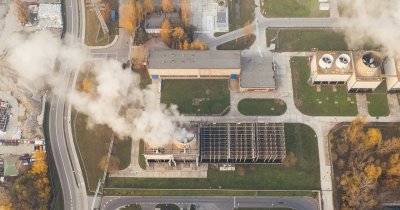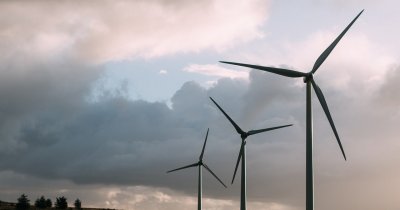Scientists measured the concentration of 61 active pharmaceutical ingredients (APIs) at more than 1,000 sites along 258 rivers and in 104 countries, covering all continents. Only two places were unpolluted - Iceland and a village in Venezuela, where indigenous people do not use modern medicines, writes The Guardian.
The most commonly detected APIs were an anti-epileptic drug, carbamazepine, which is difficult to break down, metformin, a diabetes drug, and caffeine. All three were found in at least half of the sites. Antibiotics were found at dangerous levels at one in five sites, and many sites also had at least one API at levels considered harmful to wildlife, with effects such as feminising fish.
APIs end up in rivers after being consumed by humans and then end up in sewage systems or directly into the environment, although some can also leak from pharmaceutical factories.
Hotspots with very high levels of APIs include Lahore in Pakistan, La Paz in Bolivia and Addis Ababa in Ethiopia. Madrid in Spain was in the top 10% of places with the highest cumulative concentrations, while Glasgow in the UK and Dallas in the US were in the top 20%.
"The World Health Organisation, the UN and other organisations say that antimicrobial resistance is the biggest threat to humanity - it's the next pandemic," said John Wilkinson of the University of York in the UK, who led the study, which involved 127 researchers from 86 institutions. "In 19% of all the sites we monitored, concentrations of [antibiotics] exceeded levels we would expect to encourage bacteria to develop resistance."
Researchers estimated that 5 million people died in 2019 from antibiotic-resistant bacterial infections. The regions most impacted by antibiotic resistance in that study closely align with those in the study with the worst drug pollution, suggesting that river contamination could play a role in spurring resistance. One site in Bangladesh had levels of metronidazole, an antibiotic, more than 300 times higher than the safe target, possibly due to leakage from pharmaceutical production.
Drugs detected on all continents except Antarctica included the antidepressants citalopram and venlafaxine, the antihistamines cetirizine and fexofenadine, the antibiotic trimethoprim and the anaesthetic lidocaine. The Kai Tak River in Hong Kong had 34 different APIs in one place, the highest number on record.
"Ecological risks could be much higher than predicted for individual APIs because of the toxicological interactions of these mixtures," the researchers said. There are more than 2,500 pharmaceuticals in use, but current technology allows analysis of only 50-100 products in a single sample, so the researchers focused on the most commonly used.
The highest concentrations of drugs were found in low- and middle-income countries, including India and Nigeria. The researchers believe this may be because people in these nations have enough income to buy pharmaceuticals, but live in places without good sewage systems that can dispose of drugs, but are expensive.
 Florin Cașotă
Florin Cașotă












Any thoughts?